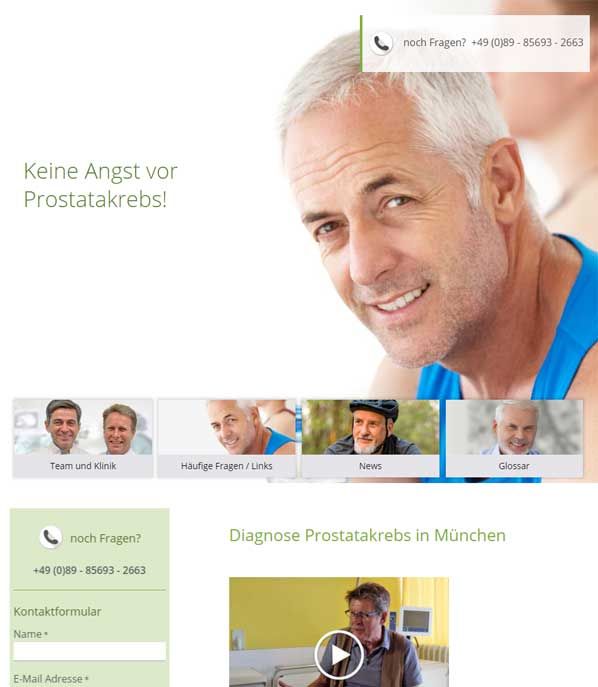Testicular torsion
What is it?
In testicular torsion, the testicle becomes twisted about the spermatic cord. This usually occurs spontaneously.
Frequency and causes
There are estimated to be about 25 cases per 100,000 people per year. It is thought to be caused by excessive testicular mobility within the scrotum. It is most common in newborn babies and young men between the ages of 15 and 20, but can occur at any age.
Symptoms and consequences
It is typically characterised by sudden testicular pain, often starting during sleep. This may be accompanied by vomiting and circulatory problems.
The twisting cuts off the blood supply to the testicle. Left untreated, the testicle will die within 8 hours. In incomplete torsion this period may be significantly longer.
Diagnosis is made based on the symptoms and an ultrasound examination to measure blood flow.
Treatment
Treatment involves immediate, emergency surgery to untwist the testicle. If the testicle can be saved, to prevent future twisting it should be fixed in place within the scrotum using a procedure known as an orchidopexy. To prevent future problems, it is usual to fix the other testicle in place at the same time.
If it is not possible to make a firm diagnosis by means of physical examination and ultrasound and to ensure that torsion is not missed, surgery to investigate the testicle should always be performed.
Special case: Torsion of the testicular appendix
This is very similar to and often indistinguishable from testicular torsion.
It involves twisting of the testicular appendix. This is a blob-like appendage that sits on the outside of the testicle, though not every male has one. It represents a leftover from embryonic development. Where present, they can become twisted, leading to symptoms similar to testicular torsion.
Treatment again involves surgery to access the testicle and remove the testicular appendix.







